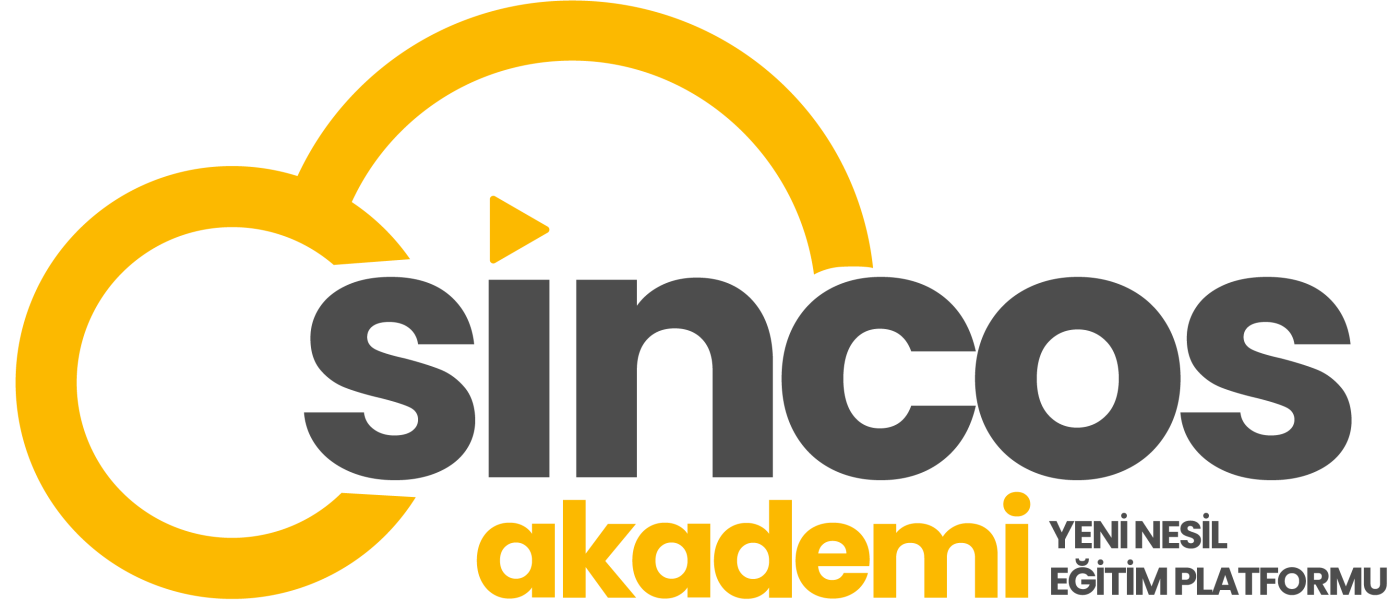Education
What companies are doing about work-from-home fatigue
Many employees are finding that it’s their routine that’s bogging them down. This phenomenon is known as routine fatigue, specifically, working from home fatigue—or more generally, pandemic fatigue—and it’s creating disengaged employees. Even the things people do to break up their routine have become routine (e.g. going for a walk, having a snack, calling a friend, etc.).
Trust us, you want to avoid straining your eyes with too much light or struggle to see with not enough. So, how many lumens does your desk lamp need for the optimal reading experience? Keep reading to get the lowdown on finding the perfect lighting for your needs.
2. Employees’ Job Satisfaction in Home Office
For example, a student can schedule a regular exercise routine, eat a well-balanced diet, and get at least 8 hours of sleep each night. An office worker can prepare a daily yoga or meditation practice, pack a healthy lunch and make time for leisure activities. The degree of flexibility that employers allow their employees while WFH (Factor 4) has a significant positive influence on (5a) work ability, (5b) psychological and physical stress symptoms, and (5c) job satisfaction. Free from office distractions and interruptions, remote workers tend to be more focused and productive. However, when completing higher quantities of work, employees can also get sick of these duties much faster.
- As the stats show, employees feel like they have to over-compensate when working from home, so it’s important that you help support a normal routine for them.
- One of the best ways to avoid remote work fatigue is to mindfully set up the home office for maximum support.
- Work from home fatigue is a state where employees grow weary of remote work.
- Block an hour on your calendar every morning for an “inspiration session” where you work on what you love most completely uninterrupted.
- In the worst case scenario, work out of a different room in your house or apartment.
My expertise comes from over 20 years of consulting for Fortune 500 companies from Aflac to Xerox and over 15 years in academia as a behavioral scientist at UNC-Chapel Hill and Ohio State. Contact me at Gleb[at]DisasterAvoidanceExperts[dot]com and follow me on LinkedIn @dr-gleb-tsipursky. According to the literature, achieving this alignment is a particular challenge for virtual teams. https://remotemode.net/blog/remote-work-burnout-fatigue-and-how-to-avoid-it/ If leaders, under pressure, de-emphasize collaboration and focus exclusively on peoples’ near-term individual deliverables, team members will take the hint. Especially during a stressful time, they will understandably prioritize their individual work above all else. This heightens the risk that the team will lose sight of larger strategic business objectives (Klein & Kleinhann, 2003).
Encourage a New “Normal” Routine
The Secrets to Happiness at Work exploring happiness, fulfillment and work-life. I am also the author of Bring Work to Life by Bringing Life to Work, and a board member with the United Way of Greater Ottawa County and an executive council member with the Design https://remotemode.net/ Museum Everywhere. In addition, I’m an executive advisor to Like|Minded, the MSU Master of Industrial Mathematics Program and Coda Societies. In addition to my Ph.D. and MM, I hold a Master of Corporate Real Estate with a specialization in workplace.
So, it can be difficult to draw that line between their work and personal lives, in turn making it feel like work is never really finished. If you have the room, set up a table in the corner and use it just for work. Working from the bed or couch is cozy, but it’s easy to forget you’re supposed to be working if you’re parked in front of the TV.
